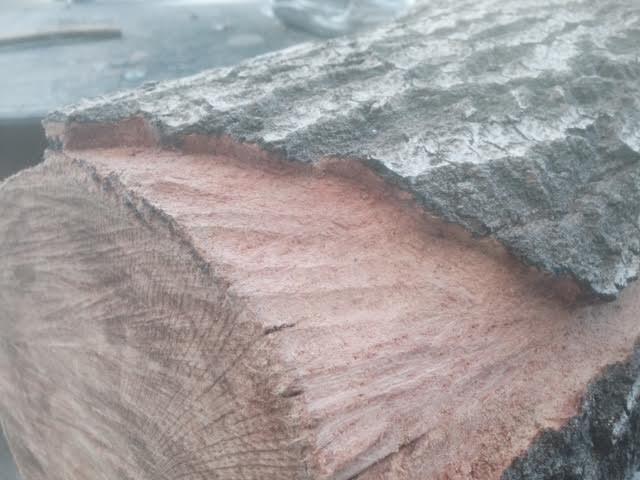This post is a departure from my usual topics and a departure from my firmly held belief that all car designs are boring. Many of my friends wax lyrical about their favorite cars cooing over their neat fast back or spoiler but looked at through the eyes of an alien they would be indistinguishable as they all share a basic box on wheels format.
By comparison, the same alien would have little problem distinguishing one species of scarab from another each type and sub-type having marked variations in both shape, size and patterning. The same alien would hopefully also be able to distinguish between the different styles of door handle we make, and I am guessing would find something familiar in our Morphic collection of illuminated handles.
So, given my disdain for existing car models one can understand why my car loving girlfriend was astounded by my praise for the wonderful original style of the new Mercedes concept car. Inspired and designed by the folks who made the movie avatar, the sci-fi influence on this car come creature is obvious and explains why this car is both spectacular and unique. Alas, I am not able to include a photo of this work of art as to do would probably be a violation of copyright laws but I am able to share with you a link to a video of the car.
While we do not at present have an illuminated scarab sculpture we have had fun imagining how this could be created. Our existing existing scarab sculpture is very real weighing 10lbs and measuring 20"W x 15"D x 6"H









